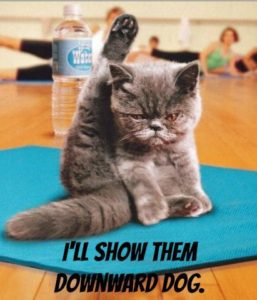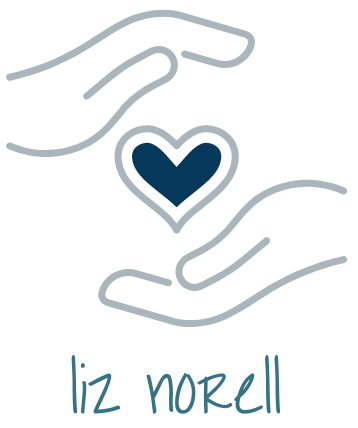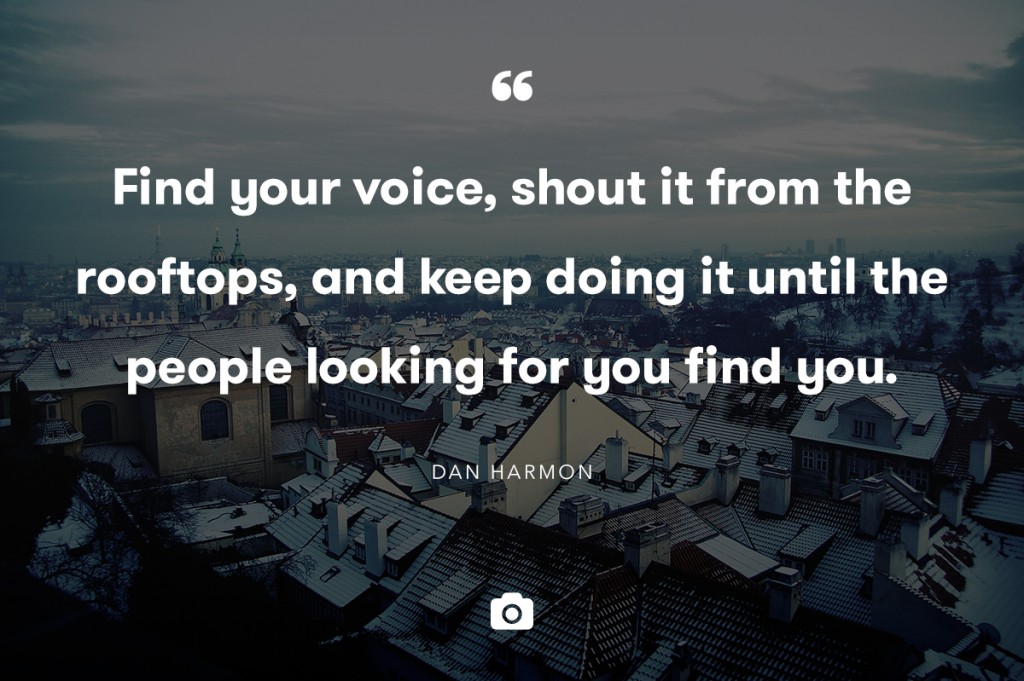 When I first started yoga teacher training, I knew I was dreading the day we would talk about and work through downward facing dog. (If you’re not familiar with this common pose, check out this description.)
When I first started yoga teacher training, I knew I was dreading the day we would talk about and work through downward facing dog. (If you’re not familiar with this common pose, check out this description.)
Our YTT teacher thoughtfully held off on introducing down dog until our second (of four) training modules. In fact, she said: “I want you to know it’s possible to do yoga without doing a down dog.” I wanted to cry with relief when she said that.
Because, you see, I LOATHE down dog.
When we finally did get to down dog in teacher training, I found myself in a real crisis of confidence. As I pressed my hands and feet into the mat, moving my hips back, feeling the stretch in my hamstrings and calves, the strength in my upper body, I broke down into tears. I didn’t stop crying for the rest of that day’s practice.
I can’t exactly trace the source of my anger and bitterness over this pose, but I know that I have long associated the down dog with “success” in yoga … as in, if you can’t do a down dog, and if you can’t hold it for several breaths, you’re not really doing yoga right. But, my body doesn’t like this pose. It screams at me. My focus leaves my body and turns to self-loathing. I feel inadequate. I feel like a poser. In other words, down dog is my yoga kryptonite.
So, after we learned a few modifications for down dog — such as doing it at a chair, at the wall, or opting instead for down puppy — I resolved not to do down dog as part of my regular yoga practice. Occasionally, I’ll move into the pose and see how it feels, but as soon as I start hearing the angry voices inside me scream out, I come out of the pose.
As a teacher, I don’t incorporate down dogs into my sequences. I feel like the people I’m most hoping to reach with my yoga teaching would feel similarly frustrated with this pose, and I don’t exactly feel like there’s a shortage on other yoga teachers who incorporate this pose into their classes regularly. Yesterday, for example, I went to a “gentle flow” class that included at least a dozen passes through down dog. I made it through two of them. Then I switched to down puppy or just hanging out in a different pose until the rest of the class shifted.
Before I went through yoga teacher training, I felt less-than when I made these adjustments for myself. Now that I’m a yoga teacher myself, I can recognize that I’m doing what’s often the hardest work of yoga: staying on my mat, not comparing my practice to those of others. I’m also putting confident energy into the room that normalizes rejection of a pose that doesn’t serve you or your body. I no longer feel shame; instead, I feel power.
As I find myself saying almost daily, yoga (to me) means presence. It means maintaining focus on the now, on the self, on the body’s needs and limits. Yoga is not, nor will it ever be, defined by a single pose or sequence.
If you’re reading this and thinking, “I don’t mind down dog, but I really dislike _______” — I encourage you to give yourself permission not to do that pose. It’s your yoga practice, not mine. And if you’re one of my students who really, desperately adores down dog, do it! I won’t scowl at you. I just won’t do it with you! 🙂



